- No products in the cart.
Listenon injection 20mg / ml 5ml ampoules 5 pcs
$3.47
Listenon injection 20mg / ml 5ml ampoules 5 pcs
SKU: 889354657 Categories: Joints and muscles, Medicaments, Muscle relaxants Tags: ampoule, suxamethonium chloride, TAKEDA
Description
Composition
Active substance:
1 ampoule contains: suxamethonium chloride dihydrate 110.0 mg (taking into account the excess of 3%, the amount of 113.30 mg), equivalent to 100 mg suxamethonium chloride.
Excipients:
22.50 mg sodium chloride, water for injection to 5.0 ml.
Description:
The clear, colorless solution.
Product form:
Solution for intravenous and intramuscular administration of 20 mg / ml. 5 ml colorless glass ampoules of hydrolytic (type 1, Eur. Pharm.) From the fault point. 5 vials in a plastic contour cell package. 1 contour cellular packaging with instructions for use in a carton box.
Contraindications
Hypersensitivity to suxamethonium chloride or any of the excipients; propensity for malignant hyperthermia; hyperkalemia and its condition increasing the risk (severe renal insufficiency, the reception potassium preparations), due to possible hyperkalemic cardiac arrest; severe burns, multiple trauma; severe abdominal infection, sepsis; prolonged immobilization; penetrating eye injury with elevated intraocular pressure; increased intracranial pressure; disorders of neuromuscular conduction when, myotonia, poliomyelitis, amyotrophic lateral sclerosis, multiple sclerosis, all forms of muscular dystrophy, myasthenia gravis; nervous disorders leading to muscle atrophy secondary (transverse syndrome); congenital deficiency cholinesterase; lactation
Precautions: heart disease; lung disease; state, accompanied by a decrease of cholinesterase activity; hypothermia; gipermagniemiya; hypocalcemia; hypokalemia; pregnancy.
Dosage
20 mg / ml
Indications
Listenon® applies only under general anesthesia to relax the skeletal muscles with the aim of tracheal intubation during surgery with high risk of regurgitation, for example, at ileus “acute abdomen” emergency caesarean section, in emergency operations in patients with stomach unreleased and and to attenuate the severity of seizures during cardioversion.
Interaction with other drugs
The effect of suxamethonium enhance or extend:
Means for inhalation anesthesia (enflurane, desflurane, isoflurane, sevoflurane).
cholinesterase inhibitors (neostigmine methylsulfate), including eye drops containing cholinesterase inhibitors (ekotiopata chloride, edrophonium chloride, pyridostigmine iodide).
Cytostatics (cyclophosphamide, thiotepa), resulting in lowering of cholinesterase activity.
Antibiotics, especially aminoglycosides (gentamicin, neomycin, streptomycin).
Local anesthetics (procaine, lidocaine), by reducing the membrane permeability to sodium ions.
Metoclopramide, resulting in reduction of cholinesterase activity.
Magnesium sulphate: magnesium salts infusion should be stopped for 20-30 minutes before administration of the drug Listenon® (see “Special instructions.”).
Antiarrhythmic drugs (class I substances) due to the decrease in membrane permeability for sodium ions.
Blockers “slow” calcium channel “loop” diuretics – due to calcium channel blockade.
Beta-blockers.
Lithium salt.
Hormonal contraceptives and estrogens – as a result of reduction of cholinesterase activity.
Corticosteroids.
Oxytocin, cimetidine.
Monoamine oxidase inhibitors (phenelzine) and some antipsychotic (perphenazine) – due to a decrease of cholinesterase activity.
Sympathomimetics – due to a decrease of cholinesterase activity.
Antiepileptic drugs reduce the effect of non-depolarizing muscle relaxants, however, cases are described for lengthening effect suxamethonium.
Alcohol and agents that suppress the central nervous system.
Reduce the effect of suxamethonium:
Parasympathetic effects of suxamethonium may be reduced by atropine (see. “Special Instructions” section)
Related transfusions of whole blood or plasma.
Suxamethonium effect on other drugs:
Suxamethonium potentiates the effect of cardiac glycosides, which can lead to arrhythmias.
Incompatibility with sodium thiopental:
Listenon® thiopental sodium and should not be administered concurrently or mixed, as thiopental sodium chemically incompatible with solutions having low pH and oxidizing agents.
Overdose
Listenon® drug overdose may lead to prolonged blockade of neuromuscular transmission, continuing after the end of surgery and anesthesia. It is manifested by muscle weakness, decreased respiratory reserve, inspiratory volume or apnea. Treatment consists of maintaining airway and adequate respiratory to full recovery of muscle tone.
pharmachologic effect
Pharmacological group:
Depolarizing muscle relaxant, peripherally acting.
Pharmacodynamics:
Listenon® a depolarizing muscle relaxant and causes reversible short paralysis of skeletal muscles by blocking the end of the pulse to postsynaptic platelet motor nerves. As an analogue of acetylcholine, suxamethonium associated with n-acetylcholine receptors, however, in contrast to acetylcholine, the result of its action is more prolonged depolarization (depolarizing block, or a block phase I of the action potential). As long as suxamethonium remains bound to the receptor, the stimulation is not possible. Membrane depolarization becomes possible only after release of the receptor and suxamethonium. From the non-depolarizing muscle relaxants long acting effect Listenon® differs rapid development (within 1 minute) and its short duration – from 2 to 6 minutes. This enables high controllability muscle relaxation in accordance with the requirements of the surgery as well as avoiding excessive duration of its action. Muscle relaxation occurs in the following sequence: orbicularis oculi muscle, the masseter muscle, limb muscles of the abdominal wall, the pharynx, the diaphragm.
Pharmacokinetics:
Suction
After intravenous administration Listenon® has an effect in 30-60 seconds; effect duration of approximately 2-6 minutes. In intramuscular Listenon® drug action starts after 75 seconds. Effect Duration: 3 min in adults, 3.5 minutes in children and 4 minutes in newborns
Metabolism
The short duration of drug action Listenon® due to rapid inactivation of plasma cholinesterase suksametonia: most suksametonia inactivated immediately after administration until the end plate of the motor nerves. Suxamethonium hydrolyzed to form choline and suktsinilmonoholina (plasma half-life – less than 1 minute). Suktsinilmonoholin is non-depolarizing muscle relaxant, the activity of which is 20-50 times lower compared with the starting material. Subsequently, the rate of metabolism slows down and breaks into suktsinilmonoholin succinic acid (inactive metabolite) and choline (active metabolite).
breeding
The elimination rate is determined by the hydrolysis of suxamethonium plasma cholinesterase. Approximately 10% excreted by the kidneys in unchanged form.
Pregnancy and breast-feeding
During pregnancy Listenon® apply provided that the anticipated benefits to the mother outweighs the potential risk to the fetus. Due to the reduced level of cholinesterase in blood plasma during pregnancy, the duration of action of the drug may increase Listenon®. cholinesterase activity in blood plasma reaches normal values after approximately 6-8 weeks after childbirth (see. “Special Instructions” section). Listenon® not cross the placenta. If necessary, the use of the drug Listenon® lactating women should stop breast-feeding because of the allocation of data suksametonia with breast milk are not available.
Conditions of supply of pharmacies
Prescription.
Use only in a hospital environment.
side effects
Undesirable effects are listed by category in descending order of severity.
Very frequent (> 1/10); frequent (> 1/100,
special instructions
As a depolarizing muscle relaxant, Listenon® causes paralysis of the respiratory muscles without affecting the patient’s consciousness. Therefore, during general anesthesia Listenon® should be administered only by experienced anesthesiologist if you have access to funds for tracheal intubation, mechanical ventilation, and if necessary, intensive care
Parasympathetic effects, ranging from asystole to bradycardia, hypotension, hypersalivation, and can often be prevented or attenuated atropine. Side effects on the heart are more common in children (first, bradycardia, tachycardia, then, possible replacement nodal rhythm, ventricular premature beats). Reported cases of death in children and adolescents were the result of resistance to the resuscitation therapy. In some of these cases, the patients had undiagnosed disorders of neuromuscular transmission. Depending on the patient’s age, the incidence of arrhythmias increased when administered a second dose within 15 minutes after the first (see. The section “Side effect”). In this connection, as well as for reasons described below, Listenon® should not be administered as a continuous infusion.
Suxamethonium chloride is inactivated during the hydrolysis by cholinesterase or pseudocholinesterase blood plasma, however Listenon® duration of effect of the drug, primarily depends on the activity of these enzymes. Cholinesterase deficiency or pseudocholinesterase can significantly prolong the effect of the drug Listenon®. Lack of cholinesterase can be congenital, develop amid heavy liver disorders, kidney failure, hypothyroidism or severe disorders of various etiologies (malignant tumor, cachexia), burns or drug administration (see. See “The interaction with other drugs”). Physiological inhibition of cholinesterase activity was observed in newborns of women in late pregnancy and the elderly. A substantial increase in the duration of action of suxamethonium chloride has clinical significance, primarily for patients with genetic deficiency of plasma cholinesterase. Under certain circumstances, such patients should continue to be on a ventilator for several hours.
Listenon® reintroduction of the drug, as well as its continuous infusion, can alter the ability of suxamethonium cause neuromuscular block (the necessary cumulative dose of 5-10 mg / kg body weight). The starting long depolarizing block (block phase I) goes into a long nedepolyarizatsionny block (block phase II, double or block). Double unit develops if suxamethonium can not be hydrolyzed by cholinesterase atypical and therefore accumulates in the synaptic cleft. Based on clinical data to distinguish the two types of unit impossible; relaksografiyu used for this purpose. Unlike depolarizing block cholinesterase inhibitors have partial antagonism double block
The introduction of the drug Listenon® may be accompanied by the receipt of significant amounts of potassium into cells. Increasing the concentration of potassium in serum may lead to life-threatening hyperkalemia with the development of ventricular fibrillation and asystole. Particular risk are patients with renal insufficiency, with severe burns or multiple injuries.
After administration of the preparation may appear Listenon® temporal muscle fasciculations, leading to myalgia or muscle pain. Prekurarerizatsiya (low-dose administration of non-depolarizing muscle relaxants) makes it possible to reduce the primary muscle fasciculation and myalgia.
Hypothermia may potentiate and prolong the effects of suxamethonium by slowing down the physical and biochemical membrane processes.
suxamethonium effect can be enhanced and extended gipermagniemiya and hypocalcemia due to a presynaptic inhibition of acetylcholine release and hypokalemia, by reducing the resting membrane potential.
Effect on the ability to drive mechanisms and
Patients should not drive vehicles or mechanisms for at least 24 hours after administration of the drug Listenon®.
Storage conditions
In the dark place at a temperature of 2-8 C.
Keep out of the reach of children!.
Dosing and Administration
Intravenously
During general anesthesia Listenon® administered intravenously in a single injection of a slow jet (10-30 seconds).
The dosage regimen in children older than 12 years and adults:
A single dose for intubation: 1-1.5 mg / kg body weight (maximum 150 mg); for the prevention of complications during cardioversion (convulsions, muscle and tendon avulsion): 0.5-0.7 mg / kg body weight
The dosage regimen in children from 1 year to 12 years: 1 mg / kg body weight
Dosage regimen in infants and children under 1 year: 1-2 mg / kg body weight.
Newborn requires a large suxamethonium dose in mg / kg (greater volume distribution). Equivalent therapeutic dose suxamethonium have a similar duration during all age groups, despite the fact that a cholinesterase activity in blood plasma up to 6 months was only 40-50% as compared to adults (see. See “The interaction with other drugs”).
Dosage regimen in obese patients:
The dosage regimen for such patients should be calculated from the ideal, not actual body weight.
The dosage regimen in the human liver, kidney and heart diseases:
The need for special dosing regimens not, but should take into account the information contained in the sections “Contraindications” and “Special instructions”. Listenon® should not be administered as a continuous infusion (see. Section “Special Instructions”
intramuscularly
In case of poor access to superficial veins (eg, children), or in emergency cases when you need to conduct rapid endotracheal intubation, Listenon® can be administered intramuscularly.
Children older than 12 years and adults: 3-4 mg / kg body weight (maximum 150 mg).
Children older than 12 years and adults: 3-4 mg / kg body weight (maximum 150 mg).
Infants and children under 1 year: 3-4 mg / kg body weight (maximum 150 mg).
Instructions for use ampoules with breaking point.
Position the tip of the ampoule point upwards! Gently tapping the finger and shaking the vial to give a solution from the tip of the ampule to flow down. Position the tip of the ampoule point upwards! Break off tip downwards, as shown in Figure
Listenon® compatible with blood, 0.9% sodium chloride solution, Ringer’s solution, 5% fructose solution, 5% dextrose, 6% dextran solution. Listenon® not recommended to mix with any substance other than those listed above.
Information
Appearance may differ from that depicted in the picture. There are contraindications. You need to read the manual or consult with a specialist
Additional information
| Weight | 0.100 kg |
|---|---|
| Manufacturer | TAKEDA |



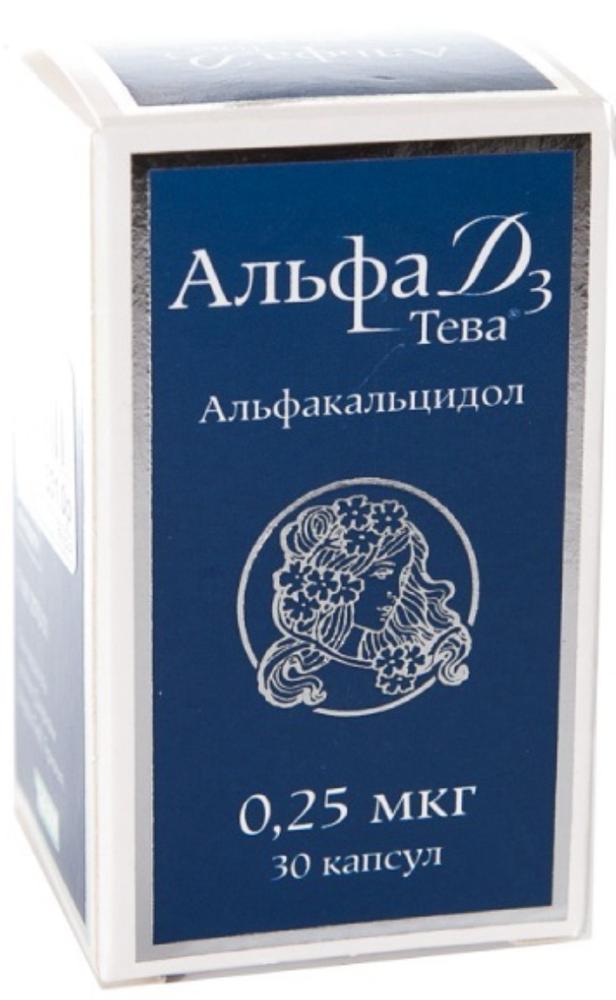
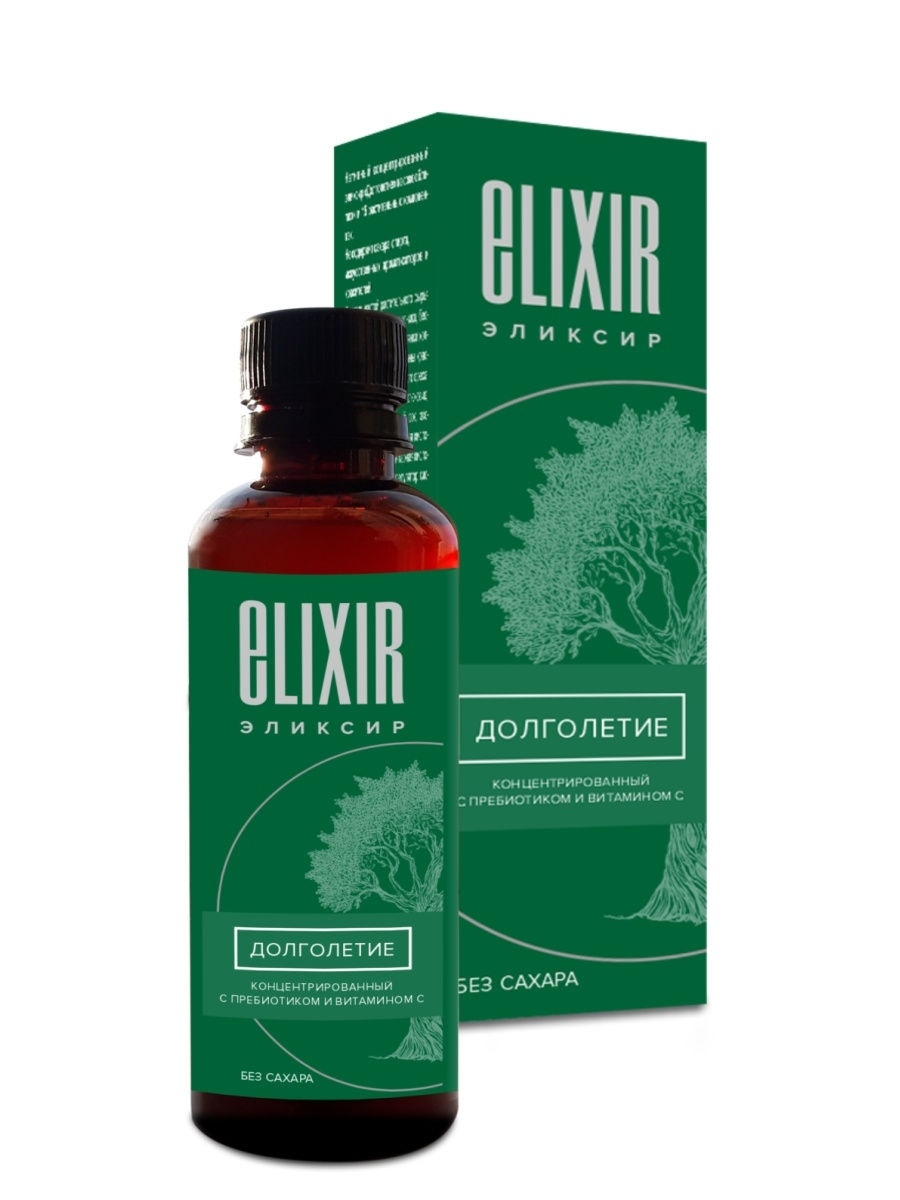
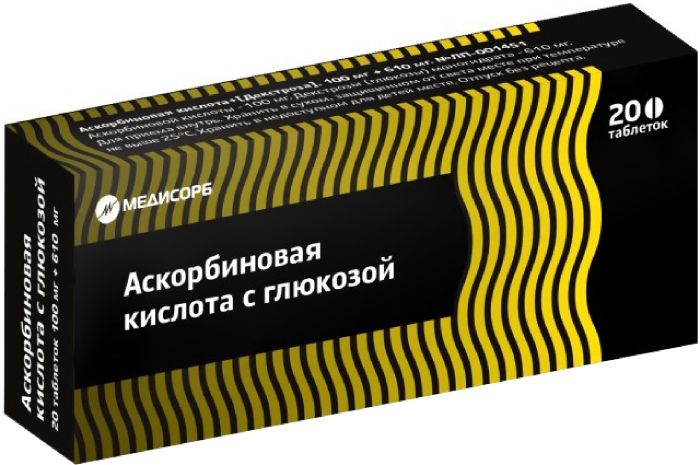

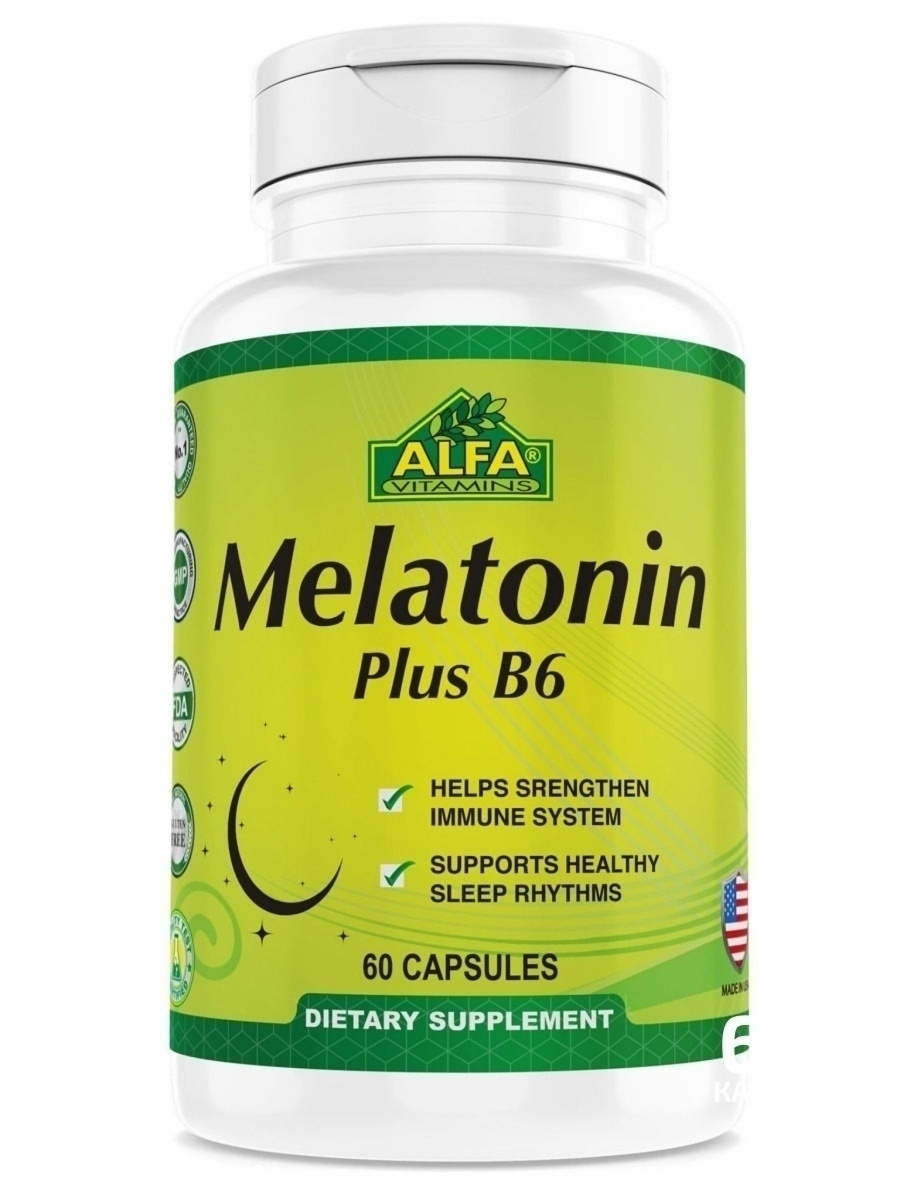

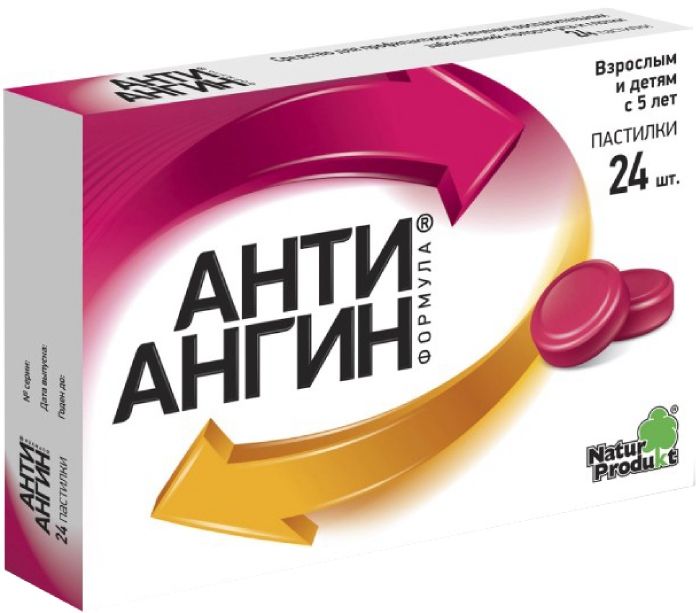




There are no reviews yet.